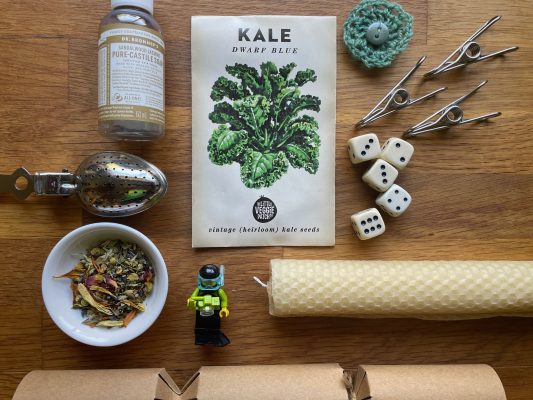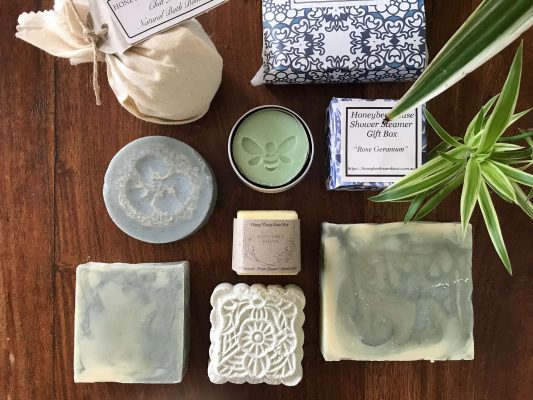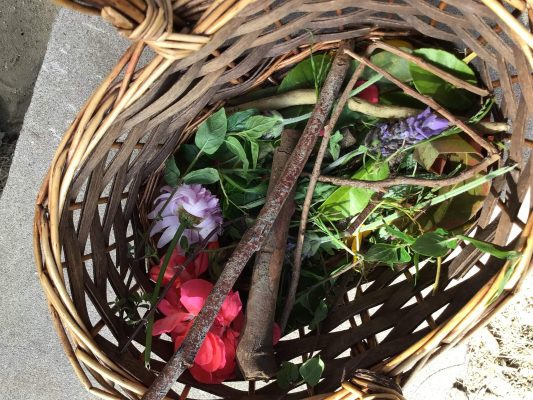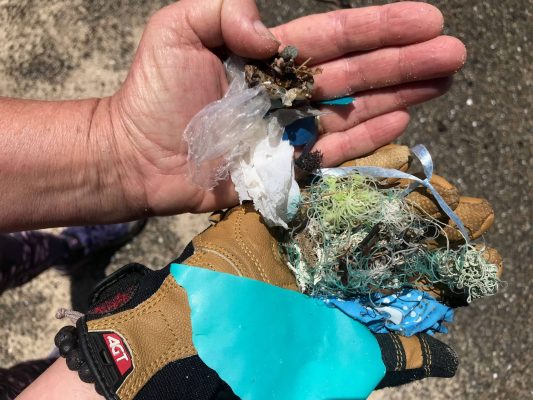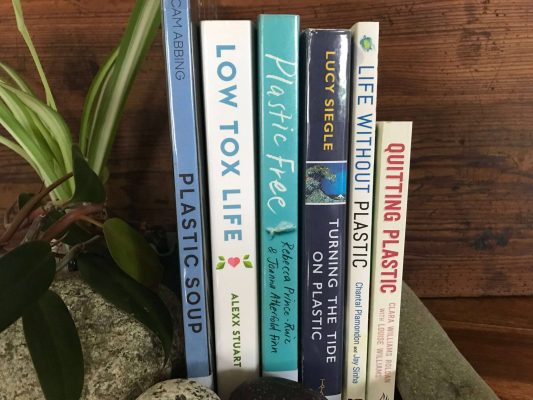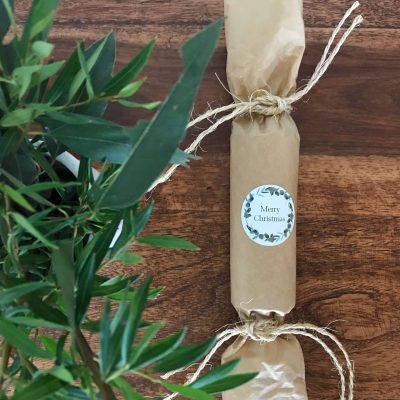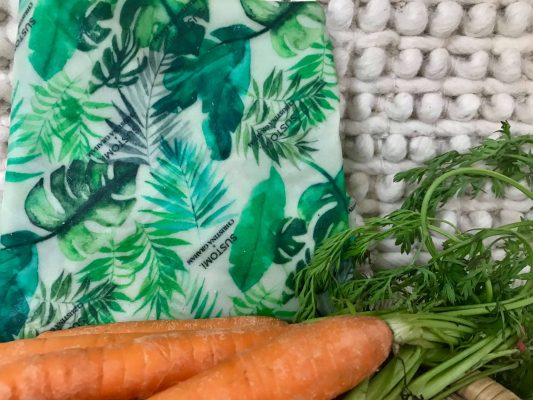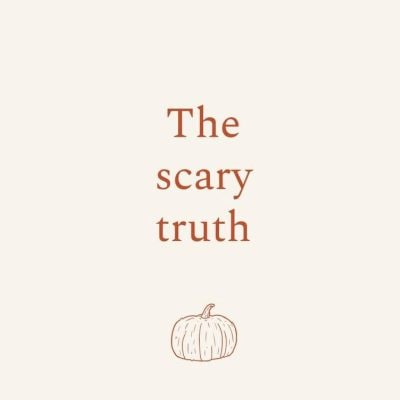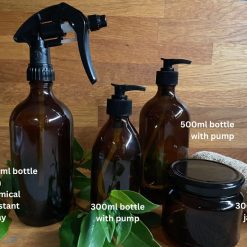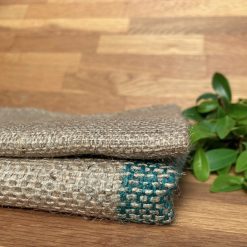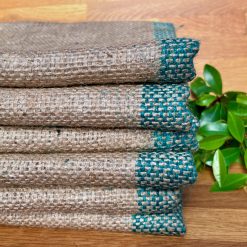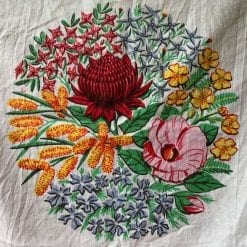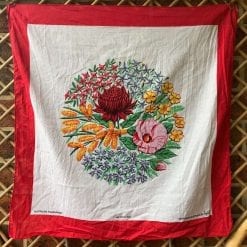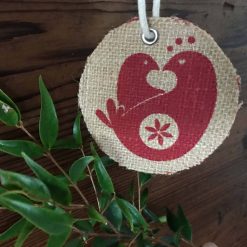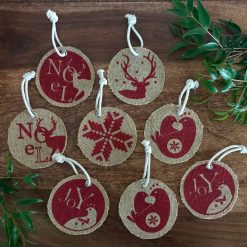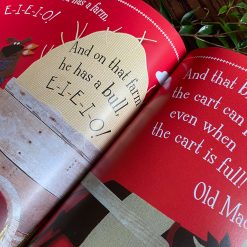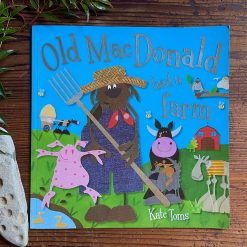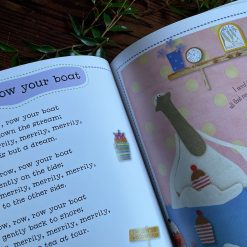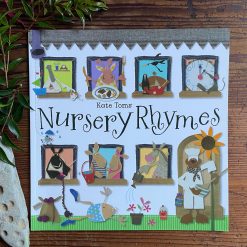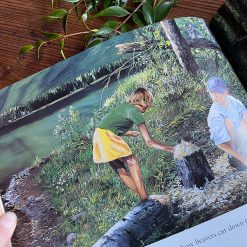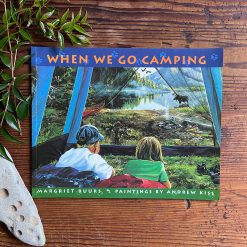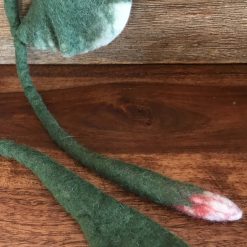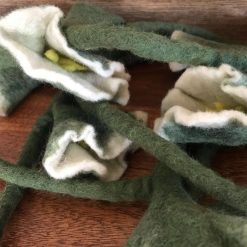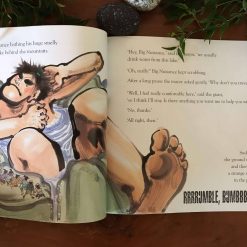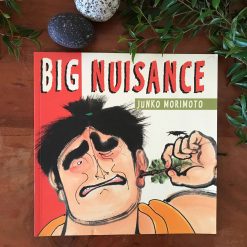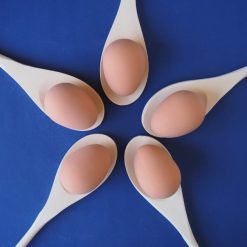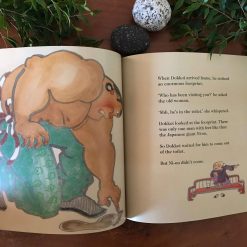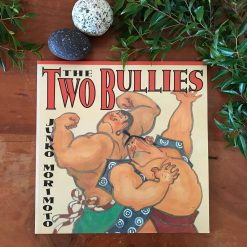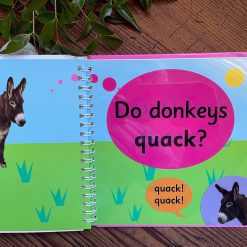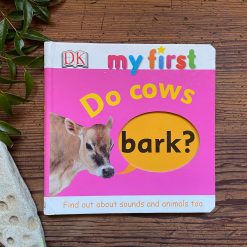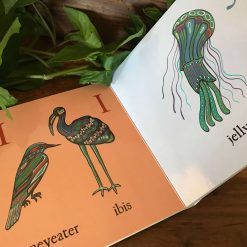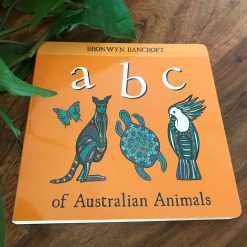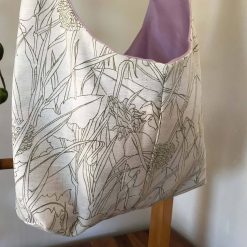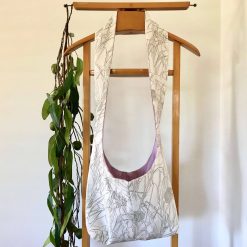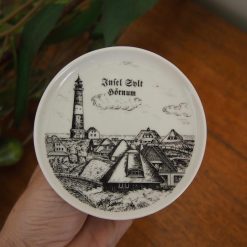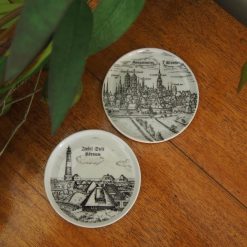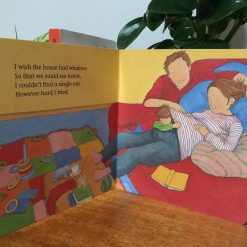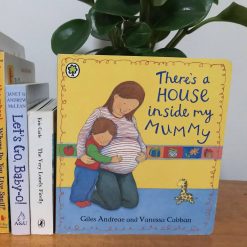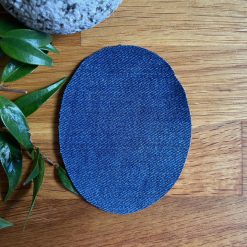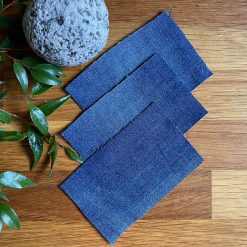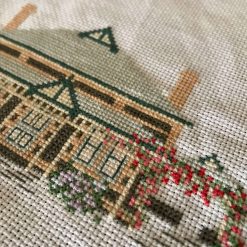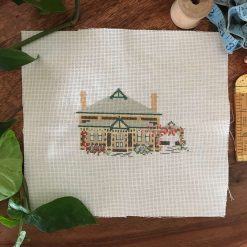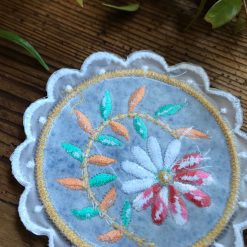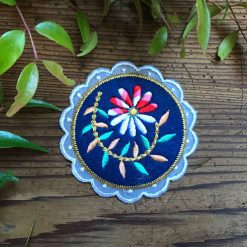Creative Solutions, Focus on Reducing, In the Home, Making Change, Textile Waste
Socks are Miscellaneous Textile Waste
Instigated by an inbox message, I discovered that socks are miscellaneous textile waste that add to the little book of tricky things of a sustainable lifestyle.
Wearing Socks
Wearing socks is part of my every day, no matter the weather. Often worn with closed-in shoes, I’m also known to wear them with thongs. Fashion faux pax or unique styling?! Socks keep my tootsies’ warm, protect my feet, and are my fashion statement accessory.
When Socks are Done
With so much sock wearing, their obsolescence is evident when my shoes gobble them up, the balls of my sock-feet thin, and the holes in the fabric multiply.
Purchasing well-loved, second hand socks are not enticing. Therefore, worn-out socks are easy and guilt-free enough to toss in the bin.
When socks come to the end of their original intended use, I’ve learned there are other options to consider, before popping them to landfill.
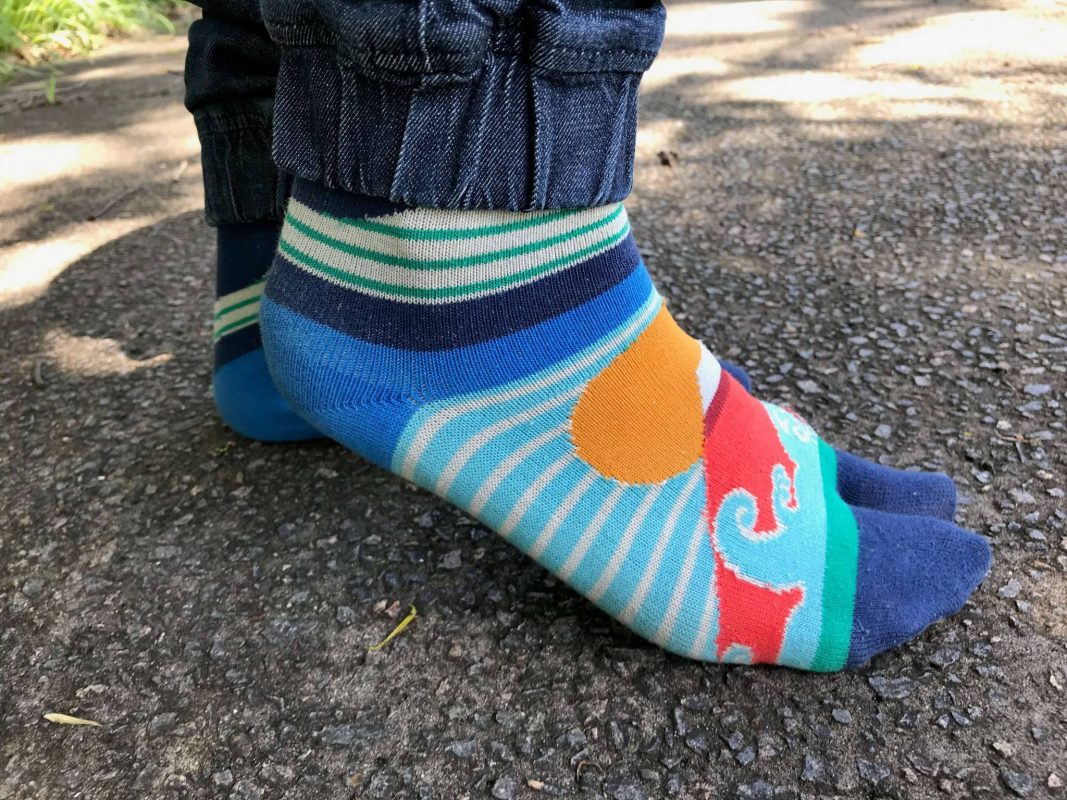
Here are some ways to reuse and recycle your old and well-loved socks:
1. Get Creative and Experiment
Many of these workable ideas are from our community and help reuse your old and worn socks in creative ways:
- Mend them using visible mending techniques – go here for inspirational book recommendations to get you started
- Cut off the toes. Use them as arm/ wrist bands for holding back prickly plants like lantana and bromeliads
- Shine your shoes after polishing
- Wrap around glass jars to reduce breakage & increase protection when in the freezer
- Use as stuffing
- Plant ties
- Hair ties
- Puppy paw protector post operation
- Put marbles in the end & tie a knot to become a fidget toy
- Gift them in your local Buy Nothing Project group – you never know who may need to get creative!
2. Campaign for Product Stewardship
Product stewardship means that whoever designs, produces, sells, or uses a product takes responsibility for minimising its environmental impact throughout all stages of the products’ life cycle, including obsolescence management (Ref: productstewardship.net) Product stewardship is a step towards a circular economy.
The Australian Government (Department of Agriculture, Water and the Environment) has a number of current product stewardship programs and schemes, which don’t currently include the textile waste problem.
Developing a national textile stewardship scheme is one of The Australasian Circular Fashion Association targets for 2030.
Sock Waste Challenges
Australia has limited textile recycling options available to help close the loop on textile waste, especially for socks.
In 2009/10, the Australian Bureau of Statistics reported that Australia sent 501, 000 tonnes (88%) of leather and textiles to landfill. Inseparable or unknown waste is too costly or difficult to recover.
Camille Reed, Founder and Director of the Australasian Circular Textile Association says “There are a number of challenges when it comes to the technology and actual materials to facilitate recycling…..due to the nature of the very new innovation the equipment is not yet operating at a commercial scale and requires a great deal of capital to run.”
Textile recycling is an emerging industry. Companies like Blocktexx will be leading the way in Australia with textile resource recovery, establishing a closed loop manufacturing system. Based in Australia, Blocktexx aims to recover textile waste and return the fibres to the same usable quality to reduce landfill.
Whilst textile waste manufacturing is growing as an Australian based industry, let’s think outside the square with our sock recycling efforts.
When Buying New Socks
End-of-life socks to new socks – solving one area of the sock problem. Choose the most eco-friendly raw materials, including 100% single material composition – preferably organic, GOTS certified, B Corp or fairtrade, where possible.
Avoid blended composition socks, as these often include nylon, polyamide, elastane, polyester, which are all plastics.
100% wool socks, cotton socks, & bamboo socks are kinder on the planet
One hundred percent wool socks, and 100% hand knitted in Australia woollen socks are kinder on the planet and are more likely to be recycled in the future. Because they are a primarily natural material, the socks are ideal for composting!
Finally, Pull Your Socks Up
There are practical alternatives to putting well-worn socks straight to landfill. Choosing natural fibres in the initial sock purchase is more eco friendly then blended fibre socks. Obsolete socks can be reused and recycled by getting creative, supporting emerging textile recycling initiatives and working towards better national product stewardship.
Some links in this post are my affiliate lifestyle partnerships. I may receive a commission when you make a purchase through these links.
Discover Similar Stories
Read similar stories on French for Tuesday about:
- ways people in the community upcycle & re-use textile waste.
- discover how The Re:Club is making a difference to help us reuse our wardrobe.
Books to Read
I found these books really informative when writing this article. Borrow from your local library, or click through for availability:

